Home>Garden Essentials>What Is The Best Soil Mix To Start Vegetable Seeds
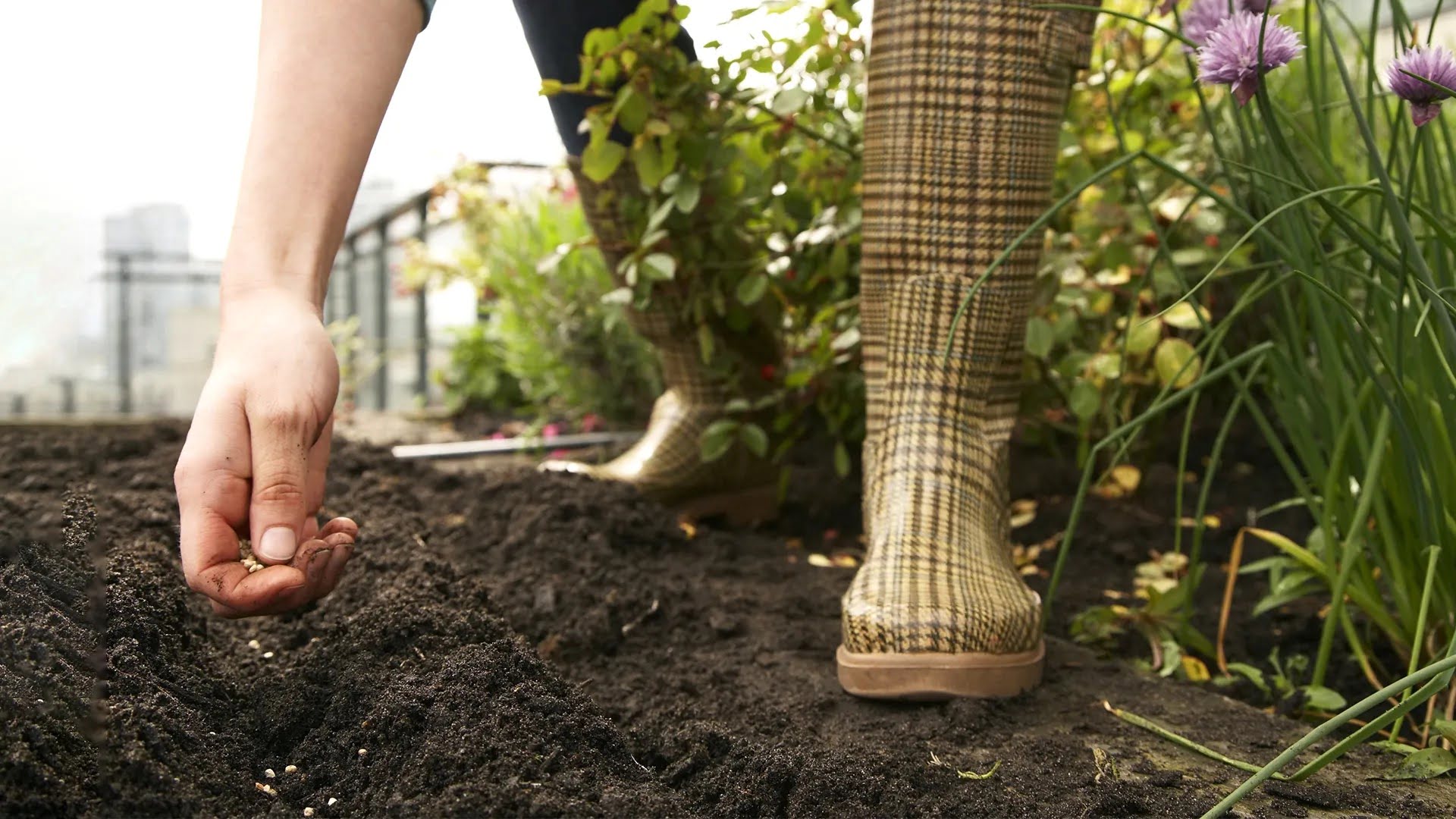

Garden Essentials
What Is The Best Soil Mix To Start Vegetable Seeds
Modified: March 16, 2024
Find out the ideal soil mix for starting vegetable seeds in your garden and improve your chances of successful growth. Expert tips and recommendations to ensure your plants thrive.
(Many of the links in this article redirect to a specific reviewed product. Your purchase of these products through affiliate links helps to generate commission for Storables.com, at no extra cost. Learn more)
Introduction
Starting vegetable seeds is an exciting and rewarding endeavor for any gardener. However, to ensure successful germination and healthy seedlings, it is crucial to choose the right soil mix. The soil you use plays a vital role in providing the necessary nutrients, moisture retention, and aeration for optimal seedling growth.
When selecting a soil mix for vegetable seeds, it is important to consider factors such as the specific needs of the vegetable variety, the desired germination rate, and the overall quality of the soil. The right soil mix will provide a nutrient-rich environment, excellent drainage, and proper pH levels to support healthy root development.
In this article, we will explore the importance of selecting the right soil mix for starting vegetable seeds, discuss the factors to consider when choosing a soil mix, and provide a recipe for a basic seed starting soil mix. Whether you are a beginner or an experienced gardener, understanding the importance of soil selection will help you set the foundation for successful seedling growth.
Key Takeaways:
- Choose the right soil mix for your vegetable seeds to provide essential nutrients, proper moisture retention, and good drainage, ensuring healthy and robust seedling growth.
- Tailor your soil mix to meet the specific needs of different vegetable varieties, such as acidity levels for tomatoes and drainage for root vegetables, to optimize seedling health and growth.
Read more: What Is The Best Soil Mix For Strawberries
Importance of choosing the right soil mix for vegetable seeds
Choosing the right soil mix for starting vegetable seeds is crucial for the success of your garden. The soil serves as the foundation for your plants’ growth, providing them with the necessary nutrients, water, and air. Here are a few reasons why selecting the right soil mix is of utmost importance:
- Optimal nutrient availability: Vegetable seeds require a rich and balanced nutrient supply to germinate and develop into strong seedlings. The right soil mix will provide a good balance of essential macronutrients, such as nitrogen, phosphorus, and potassium, and micronutrients, such as iron, manganese, and zinc. This ensures that your vegetable seedlings have access to the necessary nutrients from the start.
- Proper moisture retention: Vegetable seeds need consistent moisture levels to germinate successfully. The right soil mix will have the ideal water-holding capacity, allowing it to retain moisture without becoming waterlogged. This helps to prevent the seeds from drying out or rotting and ensures that there is enough moisture available for germination and early seedling growth.
- Good drainage and aeration: Excess water can be detrimental to the roots of vegetable seedlings. A well-draining soil mix allows excess water to drain away, preventing root rot and other water-related issues. Additionally, a good soil mix will provide adequate air pockets, ensuring proper oxygen supply to the roots. This promotes healthy root growth and helps prevent damping off, a common fungal disease that affects seedlings.
- Correct pH levels: Different vegetable varieties have different pH preferences for optimal growth. Some vegetables, such as tomatoes and peppers, prefer slightly acidic soil, while others, like spinach and lettuce, thrive in more alkaline conditions. By selecting a soil mix with the appropriate pH level for your chosen vegetables, you can create the ideal environment for healthy seedling development.
By carefully choosing the right soil mix for your vegetable seeds, you give your plants the best possible start in life. This will lead to stronger and more vigorous seedlings, which in turn translates to healthier and more productive plants in your garden. Taking the time to understand the importance of soil selection will ultimately contribute to your gardening success.
Factors to consider when selecting a soil mix for vegetable seeds
When it comes to selecting a soil mix for your vegetable seeds, there are several important factors to consider. These factors will help you choose a soil mix that is well-suited to the specific needs of your vegetable varieties. Here are some key factors to keep in mind:
- Seedling requirements: Different vegetable seeds have different requirements for germination and early growth. Some seeds may need a lighter, well-draining mix, while others may prefer a richer, moisture-retentive mix. Research the specific needs of the vegetable varieties you are sowing and choose a soil mix that aligns with those requirements.
- Texture and drainage: The texture and drainage of the soil mix are crucial for the health of your vegetable seedlings. A well-draining mix prevents waterlogging, which can lead to root rot and fungal diseases. Look for a soil mix with good water-holding capacity but also provides excellent drainage to avoid issues caused by excessive moisture.
- Nutrient content: The nutrient content of the soil mix is important for supporting healthy seedling growth. Look for a soil mix that is rich in organic matter and contains a balanced blend of nutrients. Additionally, consider adding organic fertilizers or compost to further enhance the nutrient content of the mix.
- pH level: The pH level of the soil mix significantly influences the availability of nutrients to your vegetable seedlings. Most vegetables thrive in a slightly acidic to neutral pH range. Test the pH level of your soil mix and adjust it if necessary to ensure it falls within the appropriate range for your chosen vegetables.
- Past experiences: Reflecting on your past experiences can also guide your soil mix selection. Take note of any issues or successes you have had with previous seed starting endeavors. This can help you identify any specific requirements your vegetable seeds may have and allow you to make adjustments accordingly.
By considering these factors, you can make a more informed decision when selecting a soil mix for your vegetable seeds. Experimenting and adapting your soil mix based on the specific needs of your plants will contribute to healthier seedlings and better overall garden success.
Common components of a high-quality seed starting soil mix
A high-quality seed starting soil mix provides the ideal environment for germinating and nurturing vegetable seeds. While there are various commercial soil mixes available, it is also possible to create a homemade mix using common components. Here are some of the common components that make up a high-quality seed starting soil mix:
- Peat moss or coir: Peat moss or coir acts as the base component in a seed starting soil mix. They provide moisture retention and aeration while maintaining a light and fluffy texture.
- Perlite or vermiculite: Perlite or vermiculite helps improve drainage and aeration in the soil mix. They prevent compaction and allow for the optimal flow of air and water to the seedlings’ roots.
- Compost: Adding compost to the soil mix enriches it with nutrients and beneficial microorganisms. Compost also improves moisture retention and provides organic matter, enhancing overall soil fertility.
- Sterilized soil or worm castings: Incorporating sterilized soil or worm castings into the mix adds additional beneficial microorganisms and trace elements. This helps promote healthy seedling growth and provides natural disease suppression.
- Organic fertilizer: Adding a balanced organic fertilizer, such as composted poultry manure or fish emulsion, can provide the necessary nutrients for seedling development. It is important to choose a fertilizer with a formulation suitable for seedlings to avoid burning or nutrient imbalances.
- Mineral amendments: Mineral amendments like rock phosphate or greensand can provide essential macronutrients, such as phosphorus and potassium, which are vital for root growth and overall plant health.
By combining these components in appropriate ratios, you can create a high-quality seed starting soil mix that promotes healthy germination and early seedling growth. However, it is important to remember that the proportions of these components may vary depending on the specific needs of the vegetable seeds you are starting.
Experimentation and adjustments to the mix may be necessary to find the perfect balance that works best for your vegetable varieties and growing conditions. Regular observation and monitoring of your seedlings will help you fine-tune your soil mix for optimal results.
Use a mix of 1 part peat moss, 1 part vermiculite, and 1 part compost for starting vegetable seeds. This mix provides good aeration, moisture retention, and nutrients for healthy seedling growth.
Recipe for a basic seed starting soil mix
Creating your own seed starting soil mix is cost-effective and allows you to have control over the quality and composition of the soil. Here is a recipe for a basic seed starting soil mix that you can easily make at home:
- 4 parts peat moss or coir: Peat moss or coir serves as the base for the soil mix, providing moisture retention and aeration. It should make up the majority of the mix.
- 1 part perlite or vermiculite: Perlite or vermiculite improves drainage and allows for better airflow in the soil mix.
- 1 part compost: Compost enriches the soil mix with nutrients and beneficial microorganisms. It improves moisture retention and adds organic matter to the mix.
- 1/2 part sterilized soil or worm castings: Sterilized soil or worm castings add additional beneficial microorganisms and trace elements to promote healthy seedling growth.
- 1/2 cup organic fertilizer: Add a balanced organic fertilizer, such as composted poultry manure or fish emulsion, to provide essential nutrients for seedlings. Be sure to choose a fertilizer with a formulation appropriate for seedlings.
- 1/4 cup mineral amendments: Incorporate mineral amendments such as rock phosphate or greensand to provide macronutrients like phosphorus and potassium.
To prepare the seed starting soil mix, combine all the ingredients in a large container and mix thoroughly. Ensure that the components are evenly distributed throughout the mix.
Before using the soil mix, dampen it slightly with water to achieve a moist but not waterlogged consistency. Fill seed starting trays or pots with the mixture, leaving a small space at the top for watering.
Remember, this is a basic recipe, and you can modify it by adjusting the amounts of each ingredient based on your plant’s specific needs. Additionally, feel free to incorporate additional amendments or components that you find beneficial for your garden.
By creating a homemade seed starting soil mix, you can provide your vegetable seeds with a nutrient-rich and well-draining medium for successful germination and healthy growth. Experimentation and observation will help you refine the mix and cater to the unique needs of different vegetable varieties.
Read more: What Is The Best Soil Mix For Tomatoes
Alternative soil mix options for specific vegetables
While the basic seed starting soil mix mentioned earlier is suitable for a wide range of vegetable seeds, certain plants have specific soil preferences. Here are some alternative soil mix options for specific vegetables:
- Tomatoes: Tomatoes prefer a slightly acidic soil. Along with the basic seed starting soil mix, consider adding crushed eggshells or agricultural lime to increase the pH level. This helps provide the optimal growing conditions for robust tomato seedlings.
- Peppers: Peppers thrive in well-draining soil with a slightly acidic to neutral pH. To meet their specific needs, mix the basic seed starting soil mix with a higher proportion of perlite or vermiculite. This improves drainage while ensuring adequate moisture retention.
- Leafy greens: Leafy greens like lettuce, spinach, and kale prefer a soil mix that retains moisture while still draining well. Consider adding additional compost to the basic seed starting soil mix to provide the necessary organic matter and moisture retention for healthy leafy green seedlings.
- Root vegetables: Root vegetables such as carrots, radishes, and beets require loose and well-draining soil for proper root development. Mix the basic seed starting soil mix with coarse sand or fine vermiculite to enhance drainage and ensure optimal root growth.
- Herbs: For herb seeds, such as basil, cilantro, or parsley, a well-draining soil mix is crucial. Incorporate additional perlite or vermiculite into the basic seed starting soil mix to improve drainage and prevent waterlogging, which can lead to root rot.
It is important to note that these alternative soil mix options are suggestions based on the general preferences of the respective vegetables. However, every garden environment is unique, and it is essential to observe and assess the performance of your seedlings to determine if any adjustments are needed.
Experimenting with different soil mix variations can help you understand and cater to the specific needs of various vegetable varieties. By providing the ideal soil conditions, you will set your seedlings up for success and optimize their growth and productivity.
Tips for preparing and using your seed starting soil mix
Preparing and using your seed starting soil mix correctly is key to the success of your vegetable seedlings. Here are some useful tips to ensure optimal results:
- Sterilize your containers: Before filling your containers with the soil mix, make sure they are clean and sterilized. This helps to prevent the growth of harmful pathogens and reduces the risk of damping off in your seedlings.
- Moisten the soil mix: Prior to sowing your seeds, make sure the soil mix is slightly damp. Avoid making it overly saturated or waterlogged, as this can lead to poor seed germination and root rot. You want the soil to be moist, but not overly wet.
- Plant at the appropriate depth: Different vegetable seeds have specific planting depth requirements. Read the seed packet or reference a reliable gardening resource to determine the correct depth for each vegetable variety. Planting seeds at the appropriate depth ensures that they receive the right amount of moisture and light for successful germination.
- Label your containers: It is easy to forget what you have planted, especially if you are starting multiple varieties of vegetables. Labeling your containers helps you keep track of the seedlings’ progress and ensures proper care and management throughout their growth stages.
- Provide adequate light: Once your seeds have germinated and the seedlings emerge, it is crucial to provide them with proper light. Place your seedlings in a bright location or use artificial grow lights if natural light is limited. This will promote strong and healthy growth.
- Water consistently: Regular and consistent watering is essential for the development of healthy seedlings. Check the soil moisture regularly and water as needed to keep the soil slightly moist. Avoid overwatering, as this can lead to root diseases and poor growth.
- Gradually acclimate seedlings: Before transplanting your seedlings outdoors, it is important to gradually acclimate them to the outdoor environment. This process, known as hardening off, helps the seedlings adjust to outdoor conditions, such as sunlight and temperature fluctuations. Start by exposing them to outdoor conditions for short periods, gradually increasing the duration over several days.
By following these tips, you will ensure that your seed starting soil mix is prepared and used effectively for successful seed germination and strong seedling development. Remember to monitor your seedlings closely and make necessary adjustments to your care routine based on their specific needs.
Conclusion
Selecting the right soil mix for starting vegetable seeds is a critical step in ensuring successful germination and healthy seedling development. The soil serves as the foundation for plant growth, providing essential nutrients, moisture retention, and proper aeration. By considering factors such as the specific needs of the vegetable varieties, texture, drainage, nutrient content, and pH levels, you can choose a soil mix that meets the requirements of your seeds.
A high-quality seed starting soil mix consists of components like peat moss or coir, perlite or vermiculite, compost, sterilized soil or worm castings, organic fertilizer, and mineral amendments. These components provide the necessary moisture retention, drainage, nutrients, and beneficial microorganisms for robust seedling growth.
However, certain vegetables have specific soil preferences. For example, tomatoes prefer a slightly acidic soil, while root vegetables require well-draining soil. By tailoring your soil mix to meet the unique needs of each vegetable variety, you can optimize the growth and health of your seedlings.
When preparing and using your seed starting soil mix, ensure that your containers are clean and sterilized, moisten the mix appropriately, plant seeds at the recommended depth, label your containers, provide adequate light, water consistently, and gradually acclimate seedlings to outdoor conditions. These practices will help you create a favorable environment for seed germination and support the growth of strong and healthy seedlings.
Remember, gardening is an ongoing learning experience. Observe and monitor the progress of your seedlings, make adjustments as needed, and continue to refine your approach. With the right soil mix and proper care, you will set your vegetable seeds on the path to success, leading to a fruitful and bountiful garden.
Frequently Asked Questions about What Is The Best Soil Mix To Start Vegetable Seeds
Was this page helpful?
At Storables.com, we guarantee accurate and reliable information. Our content, validated by Expert Board Contributors, is crafted following stringent Editorial Policies. We're committed to providing you with well-researched, expert-backed insights for all your informational needs.
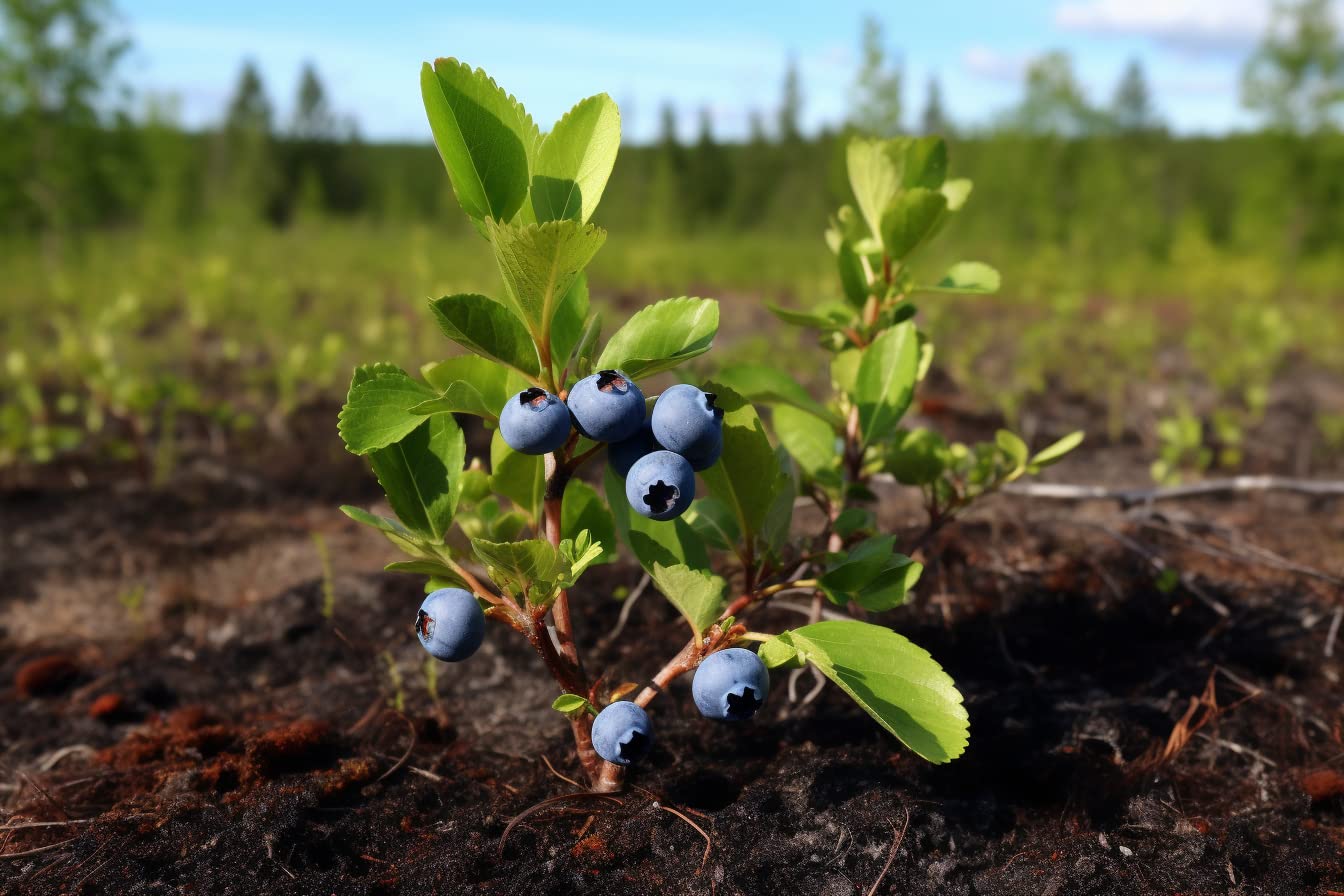
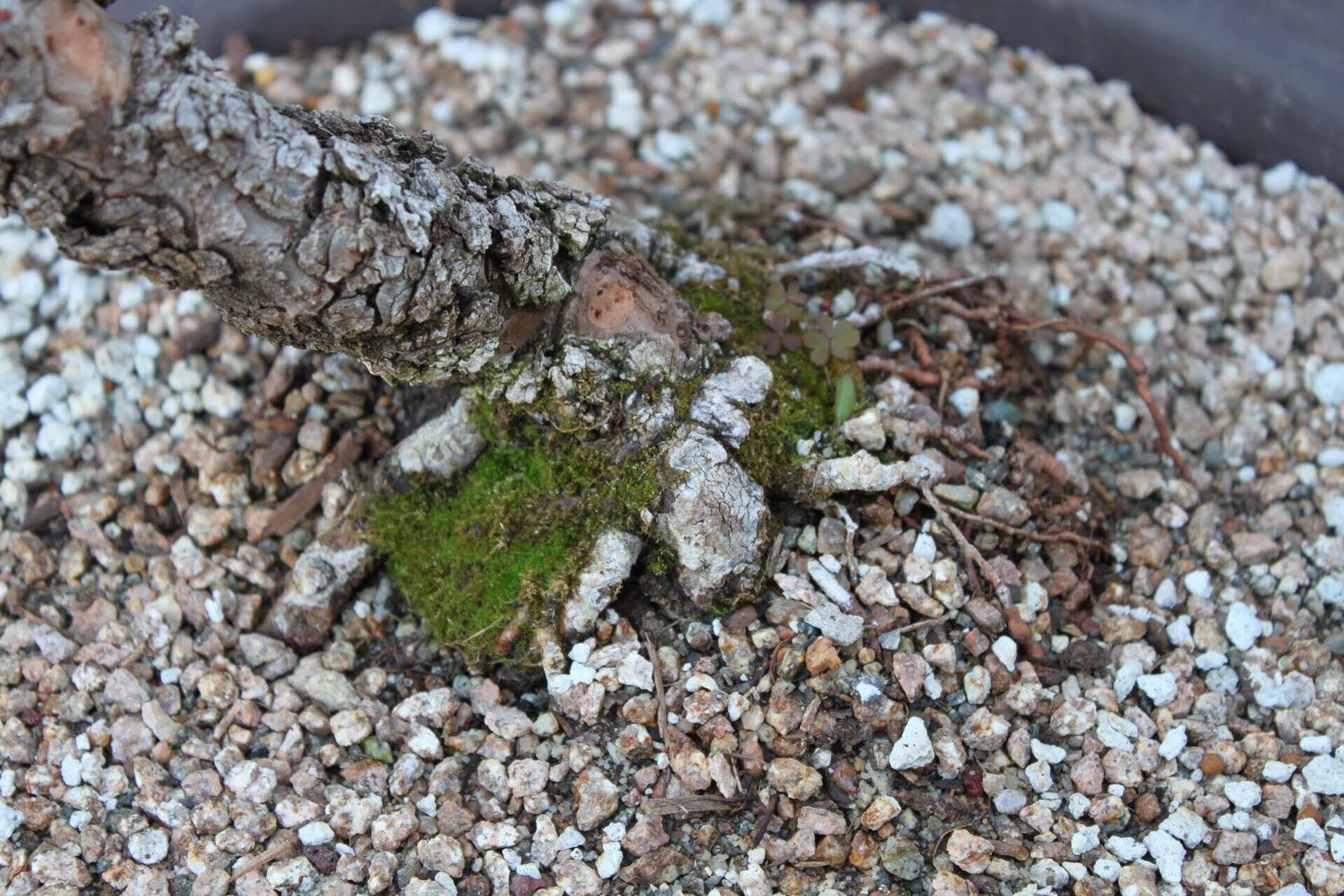
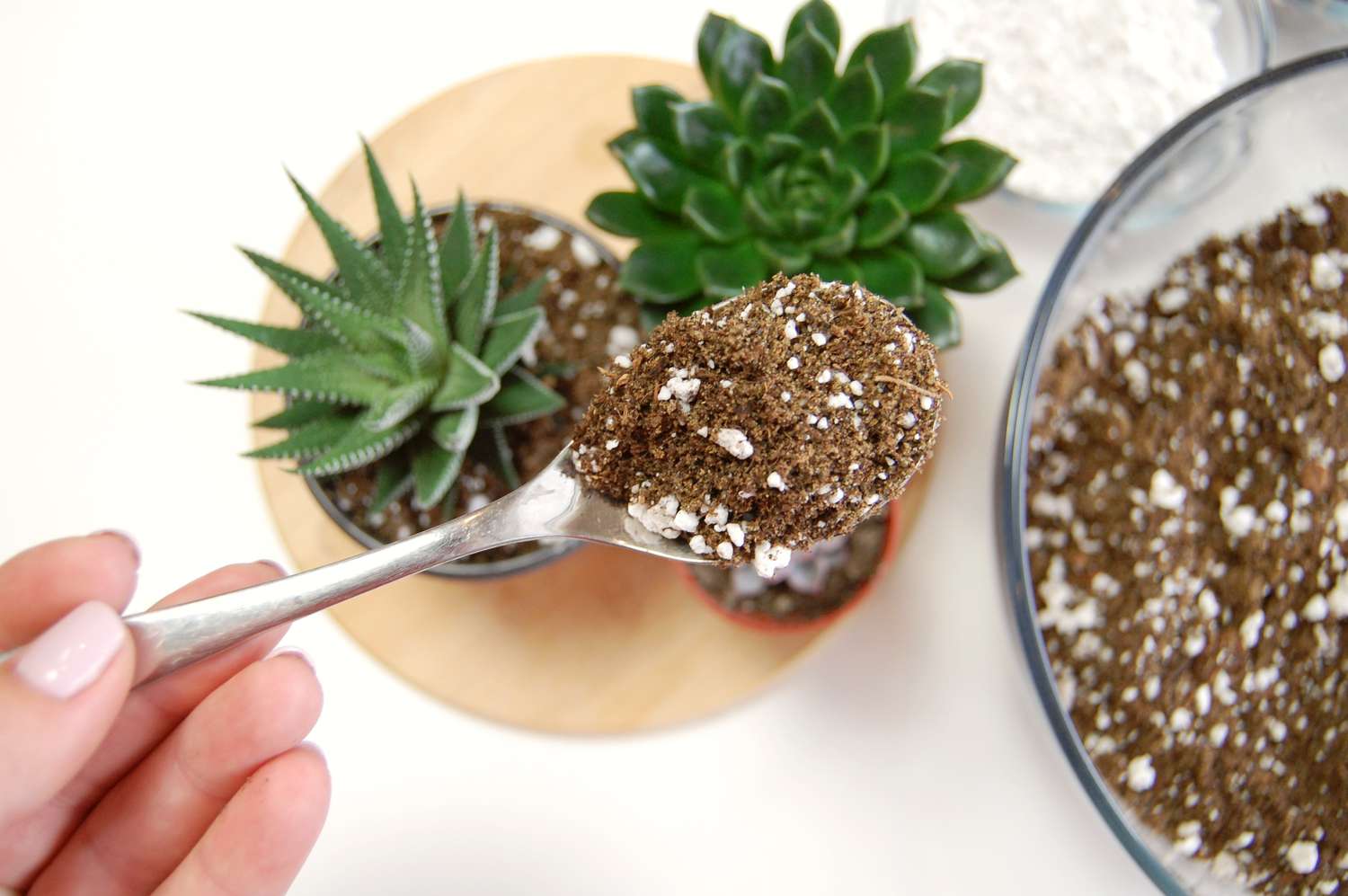
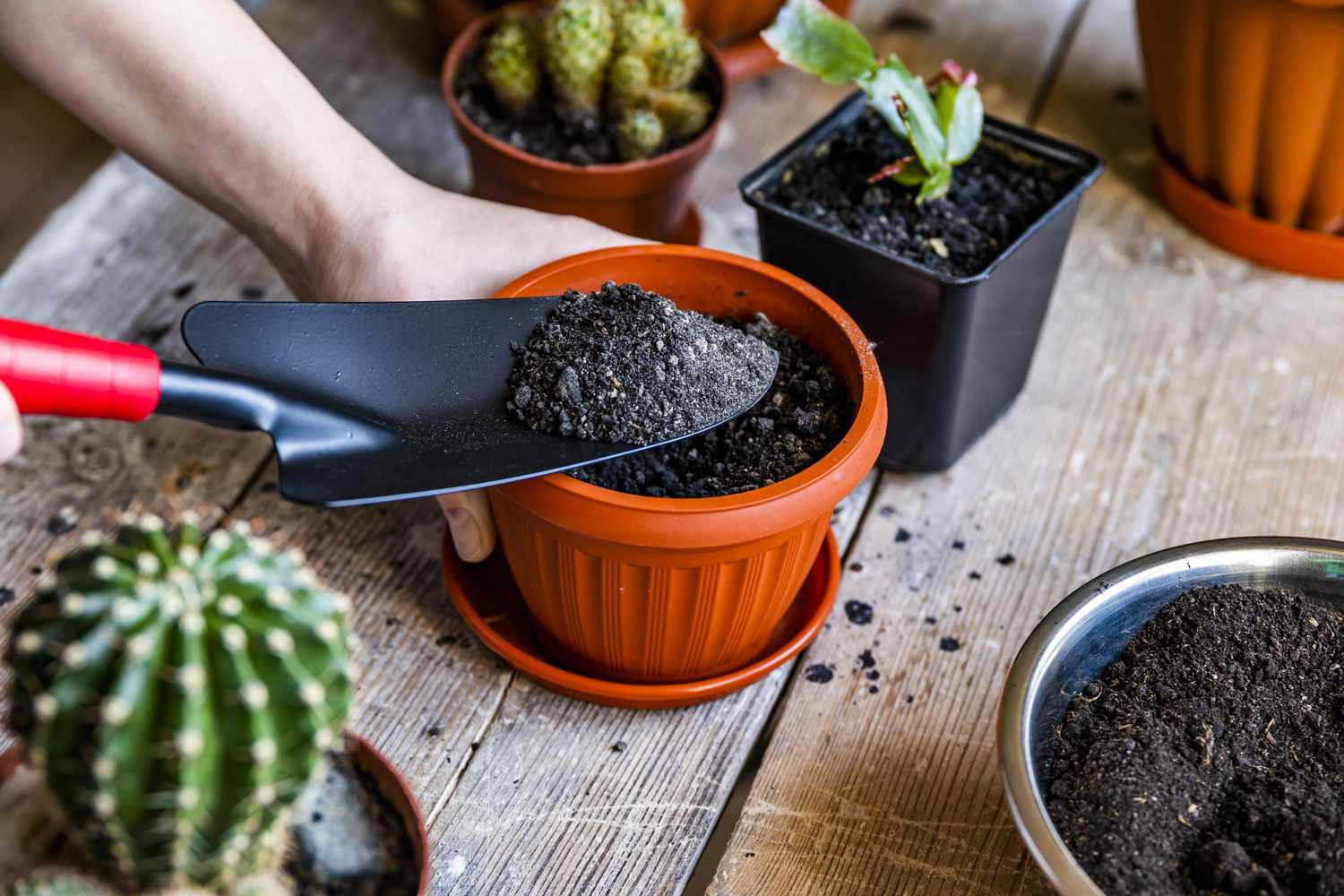
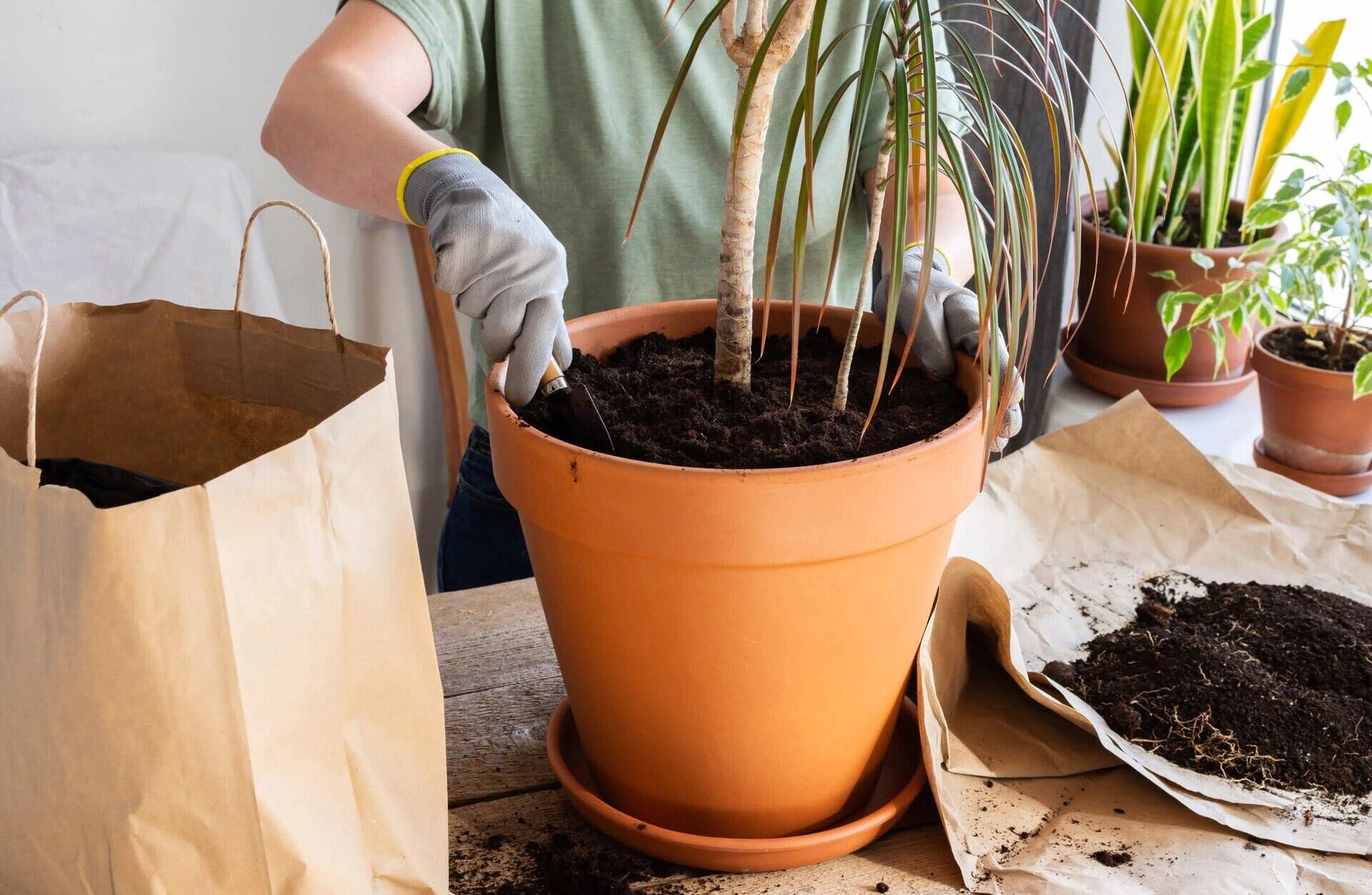
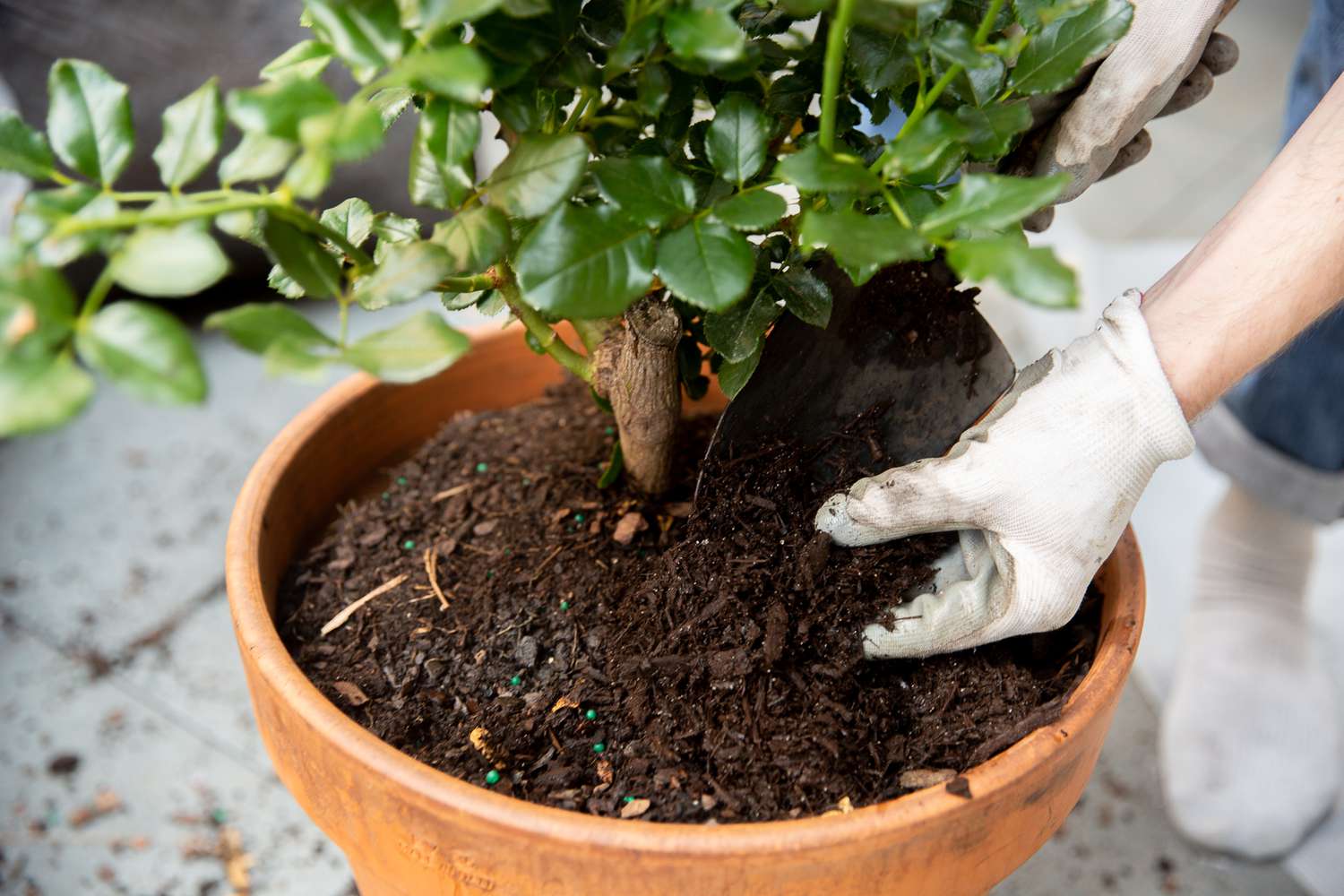
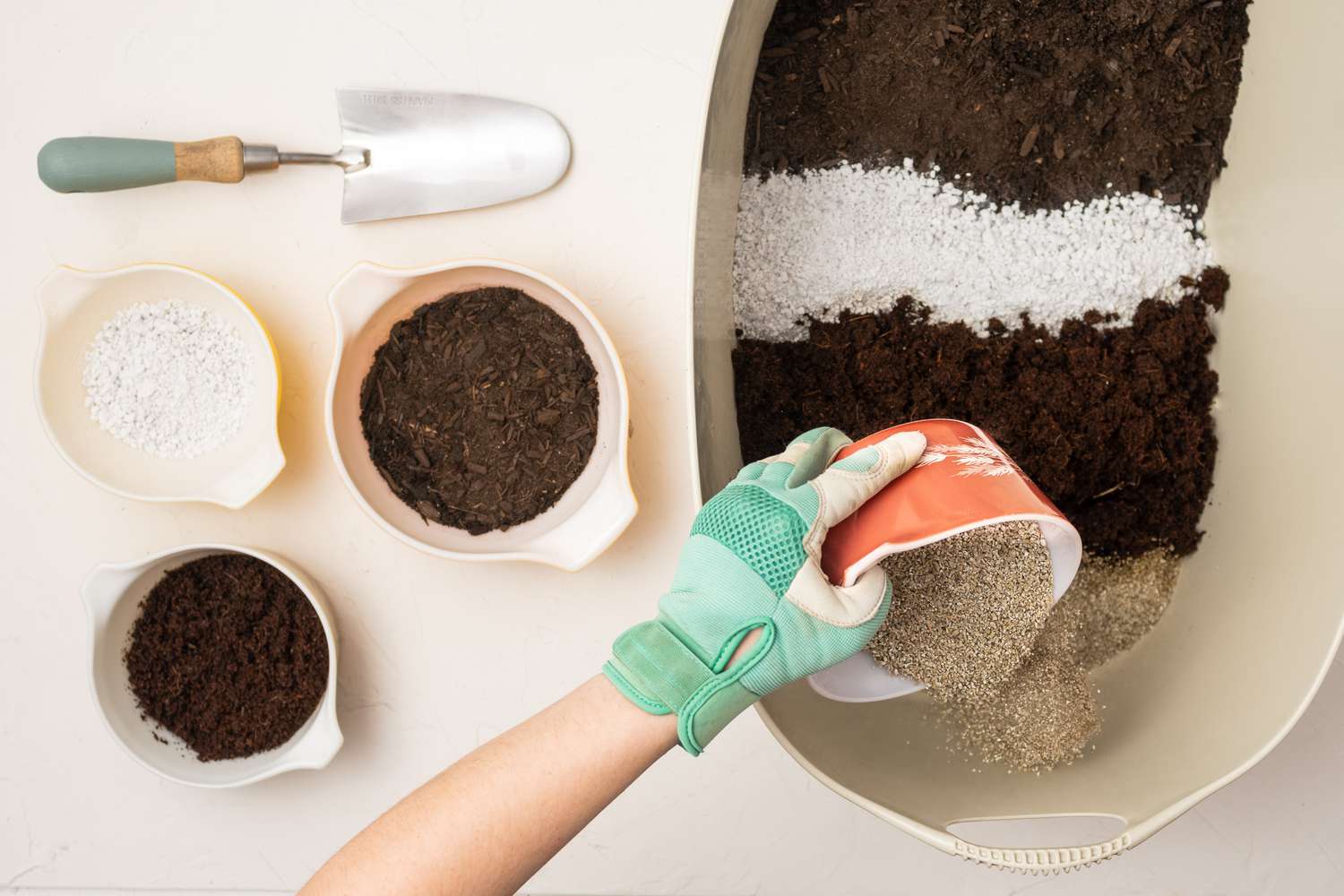
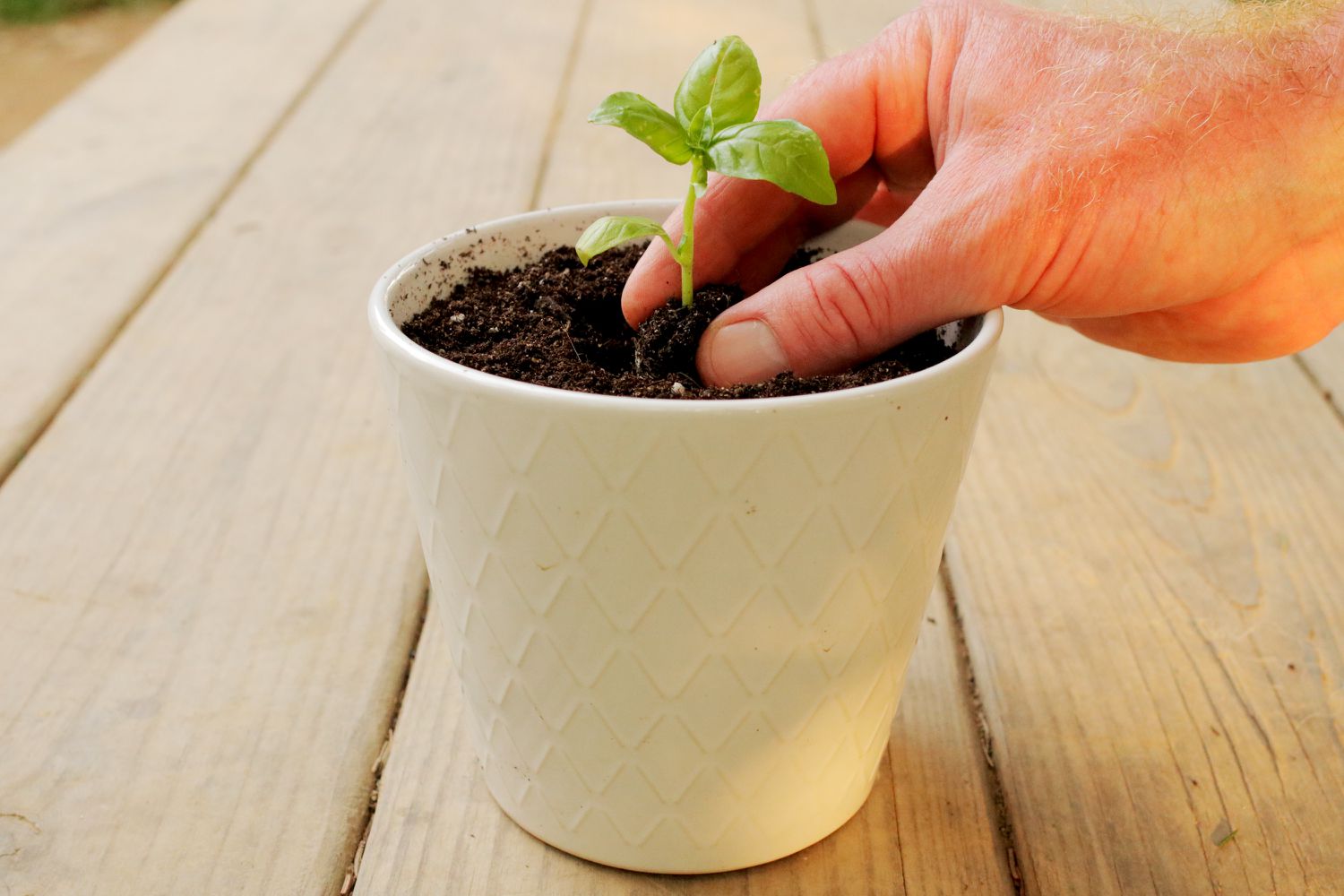
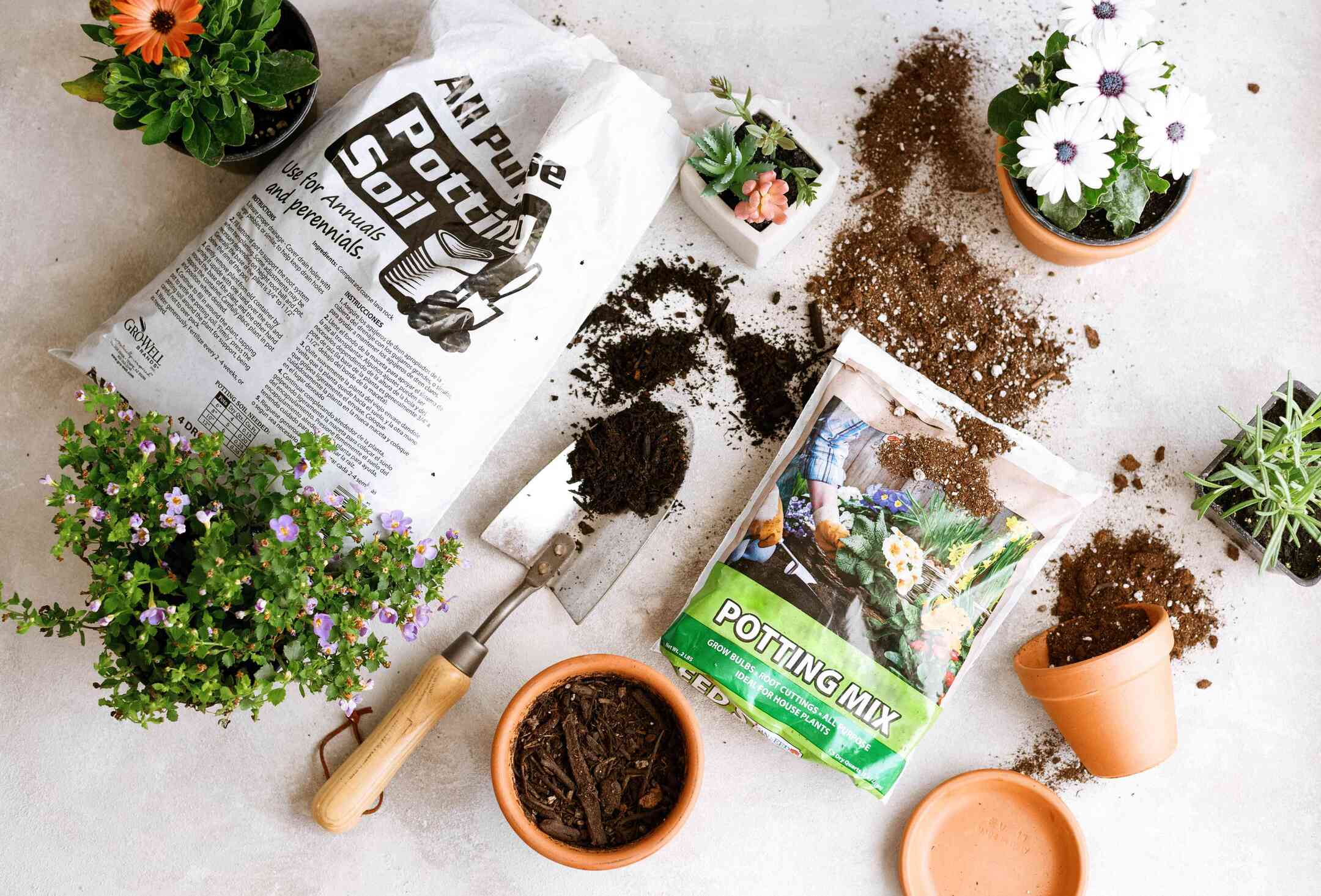
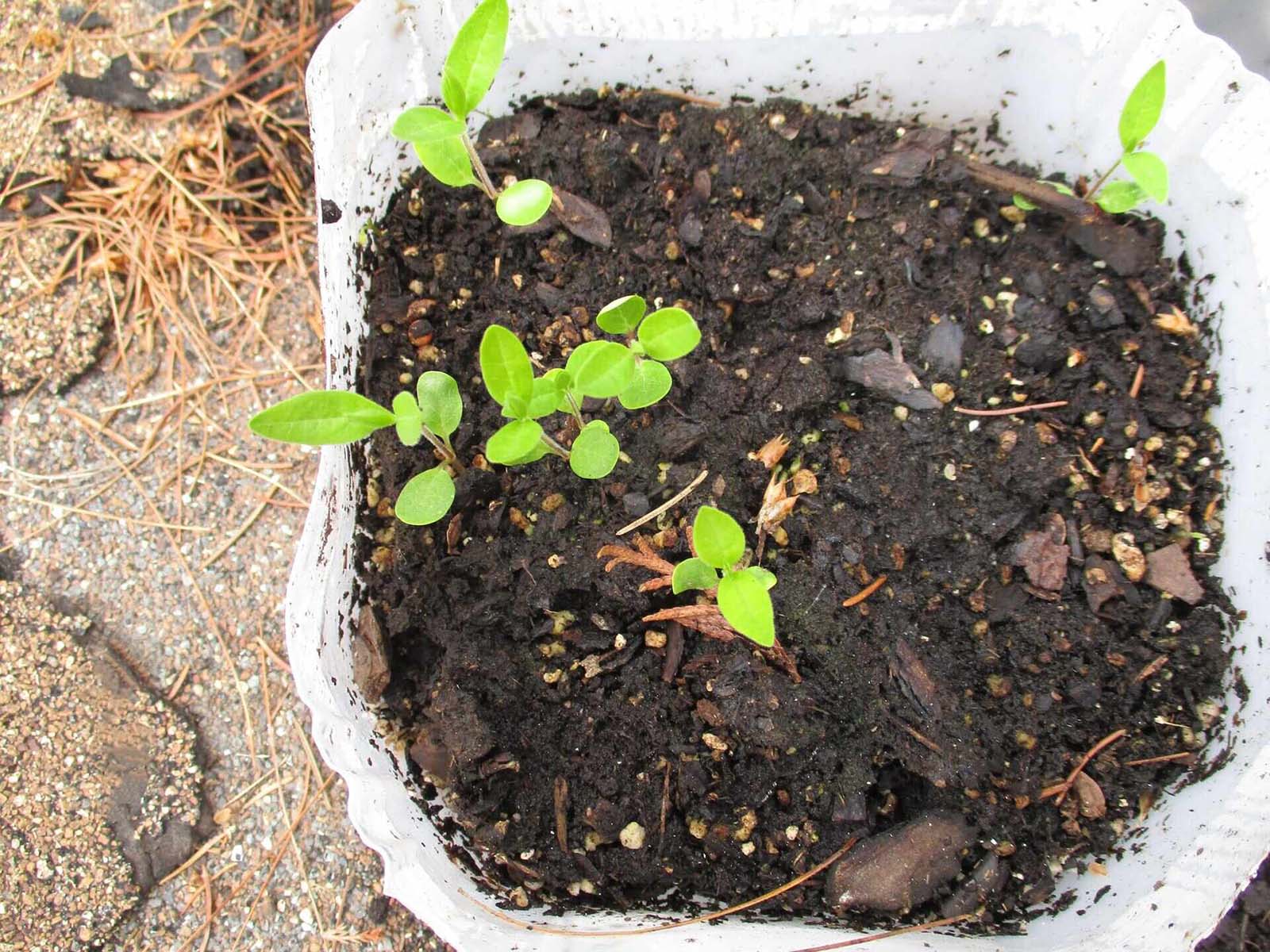
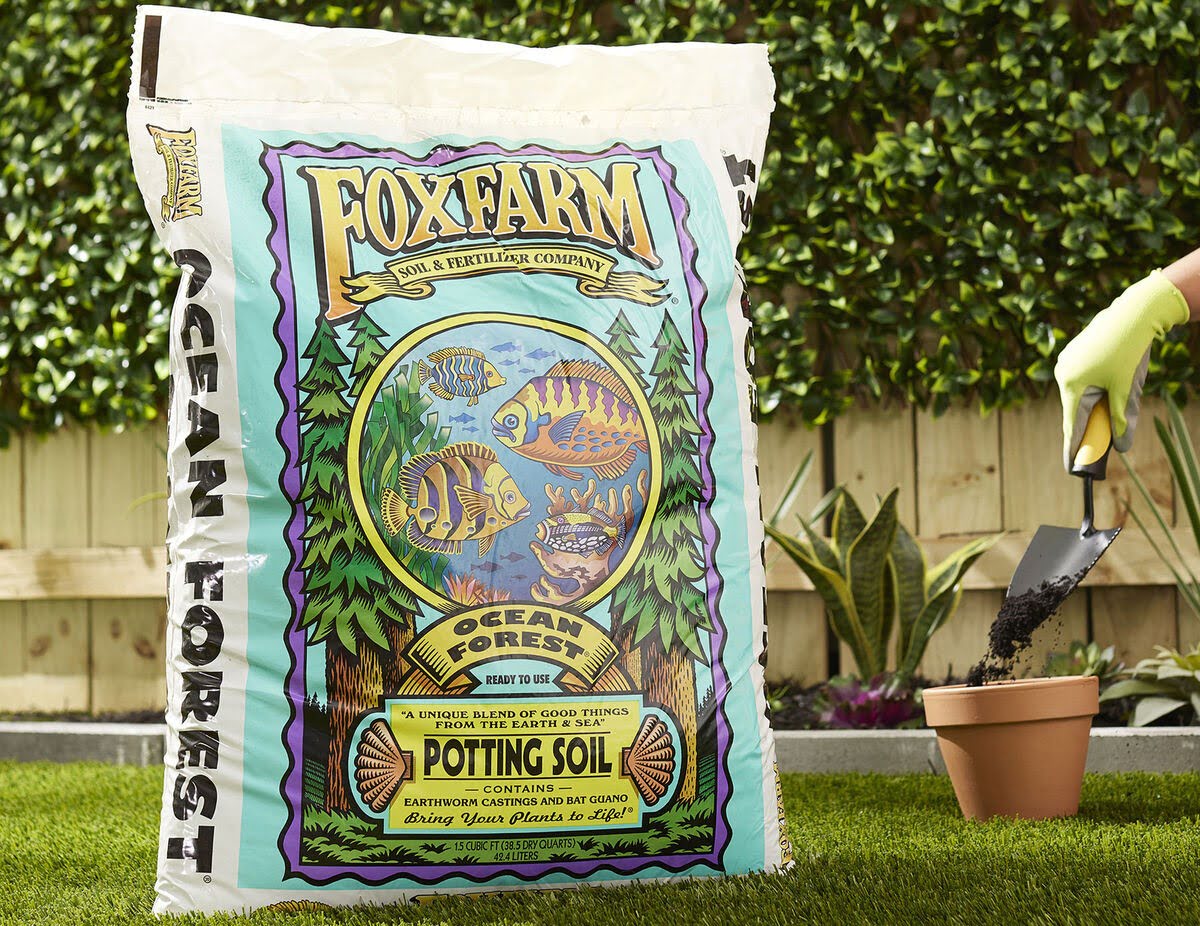
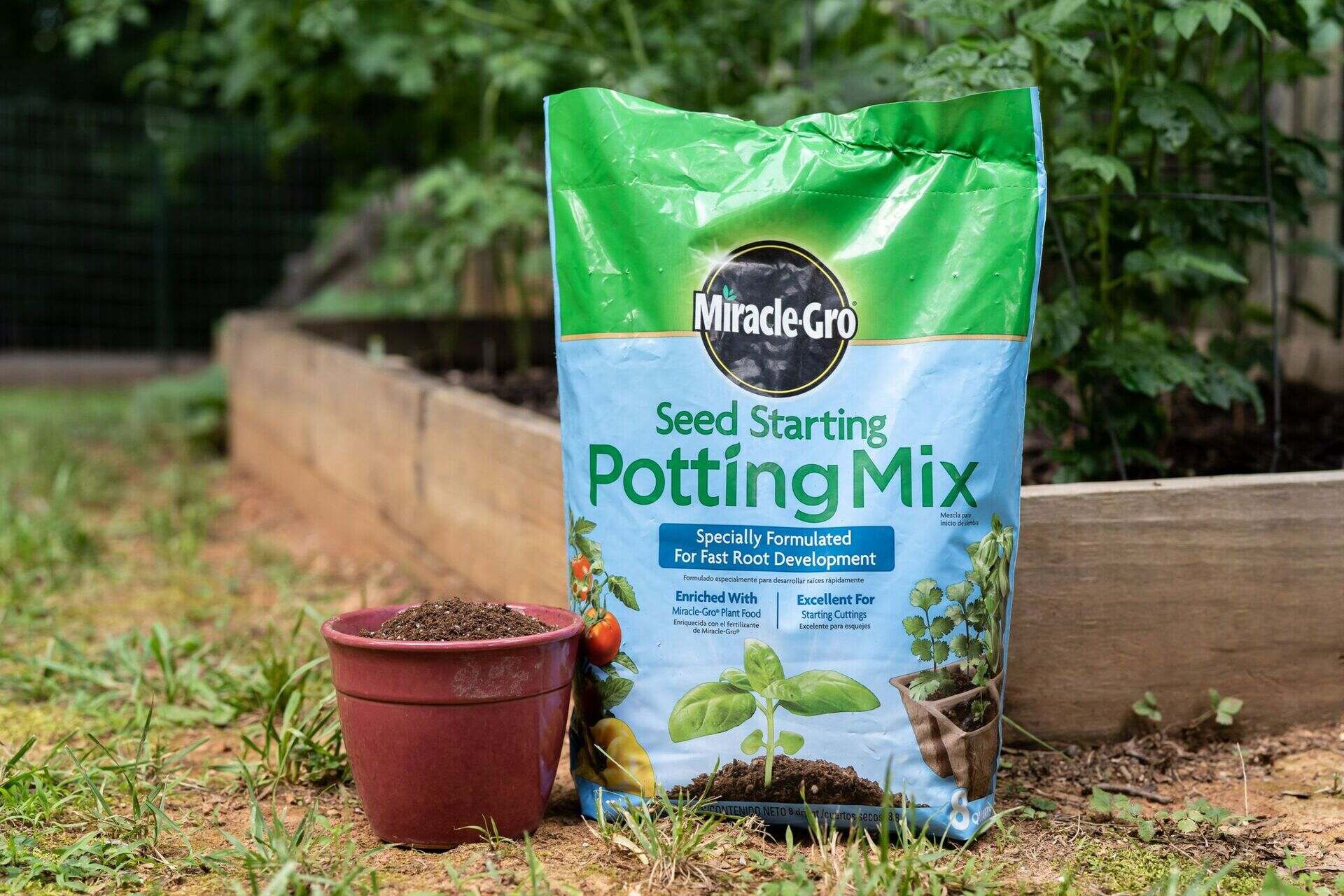
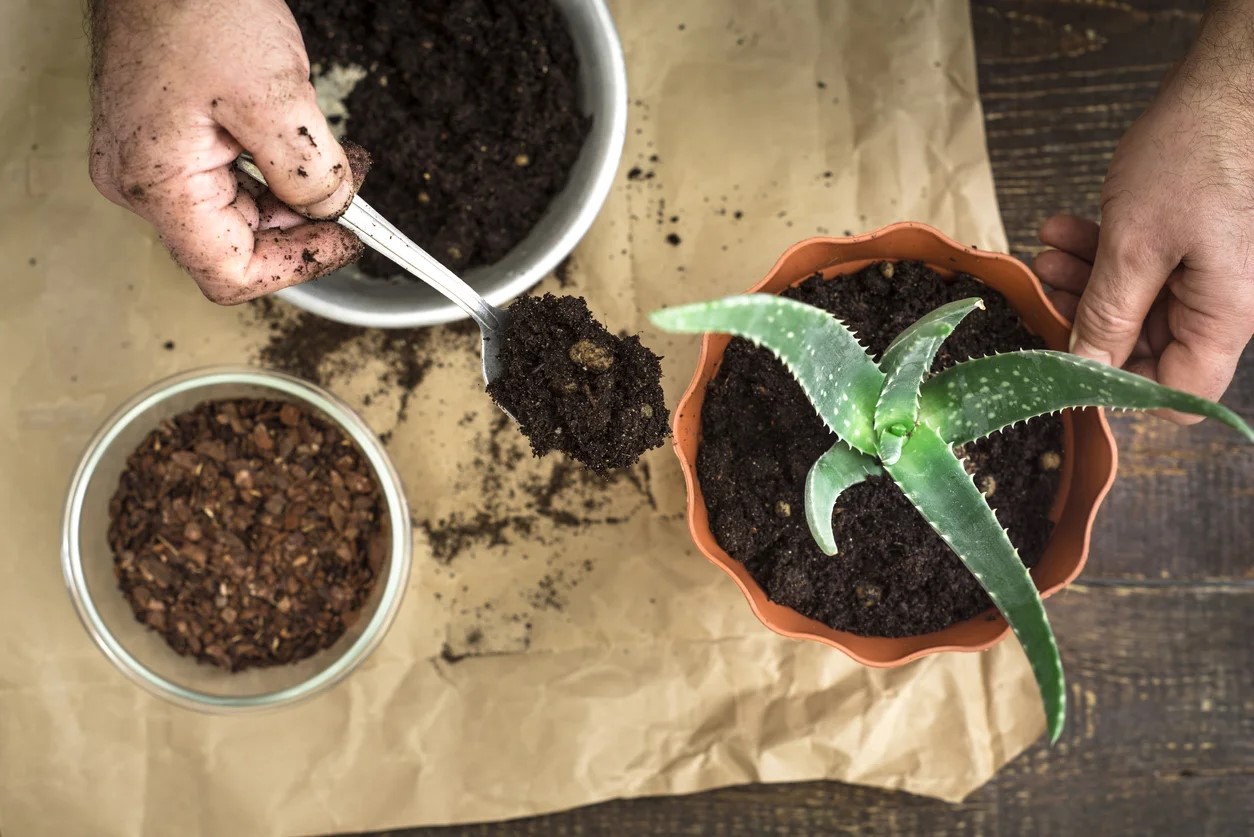
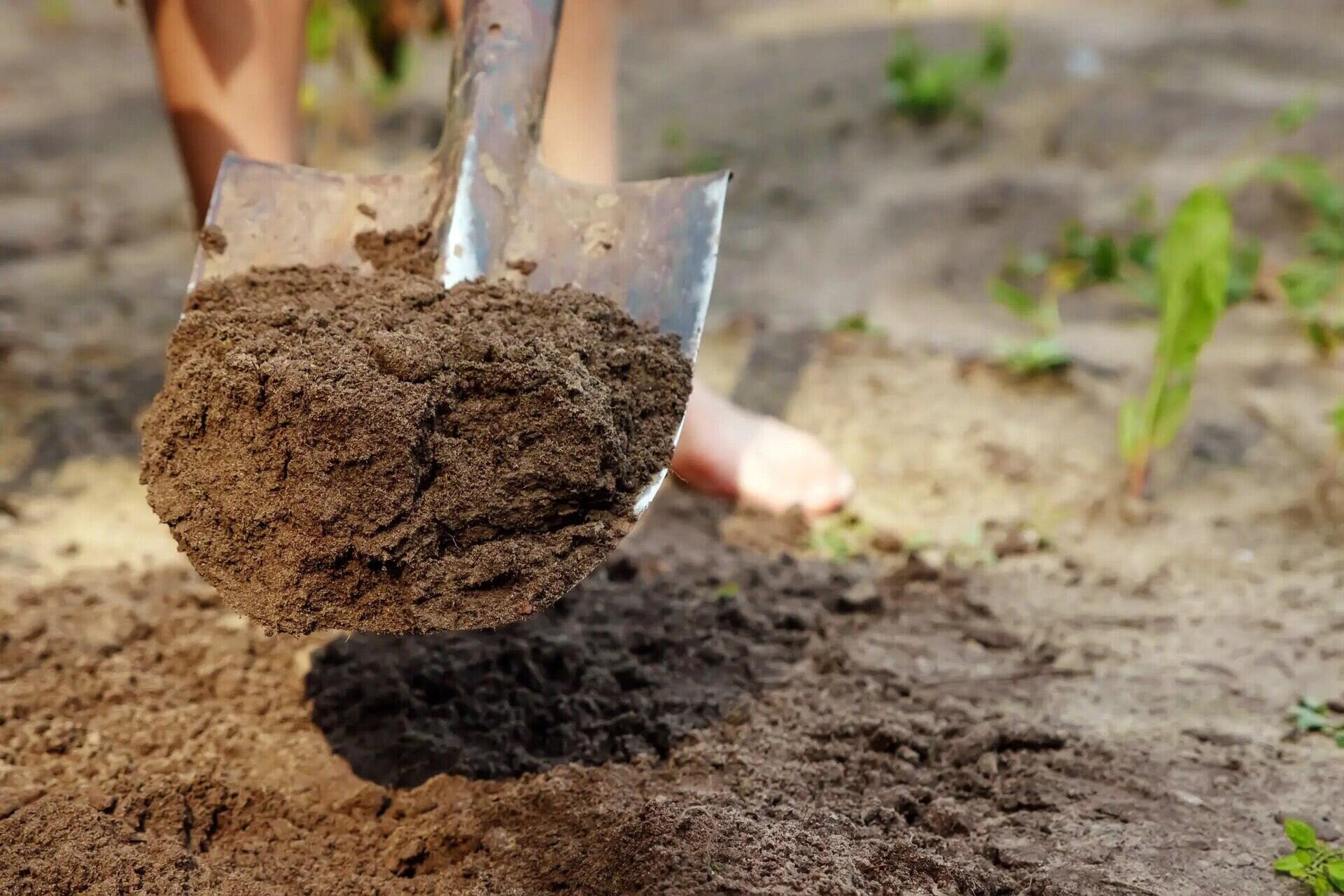

0 thoughts on “What Is The Best Soil Mix To Start Vegetable Seeds”